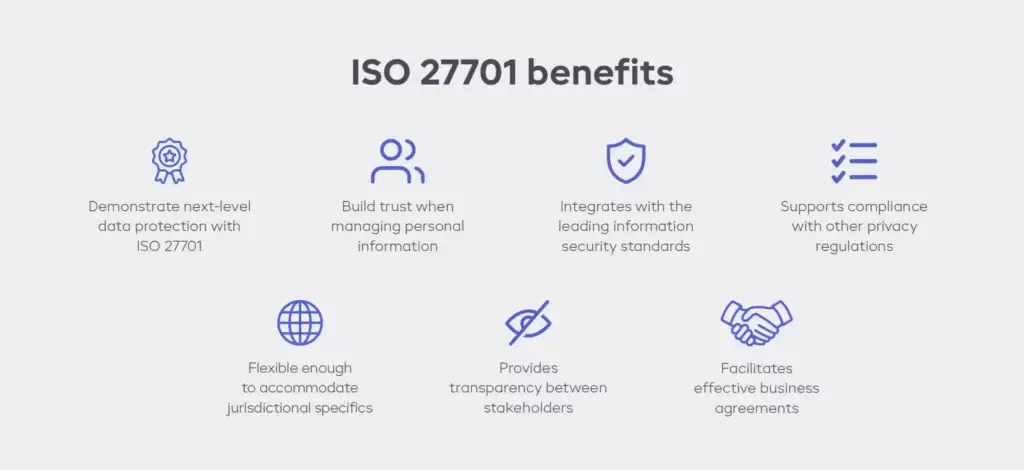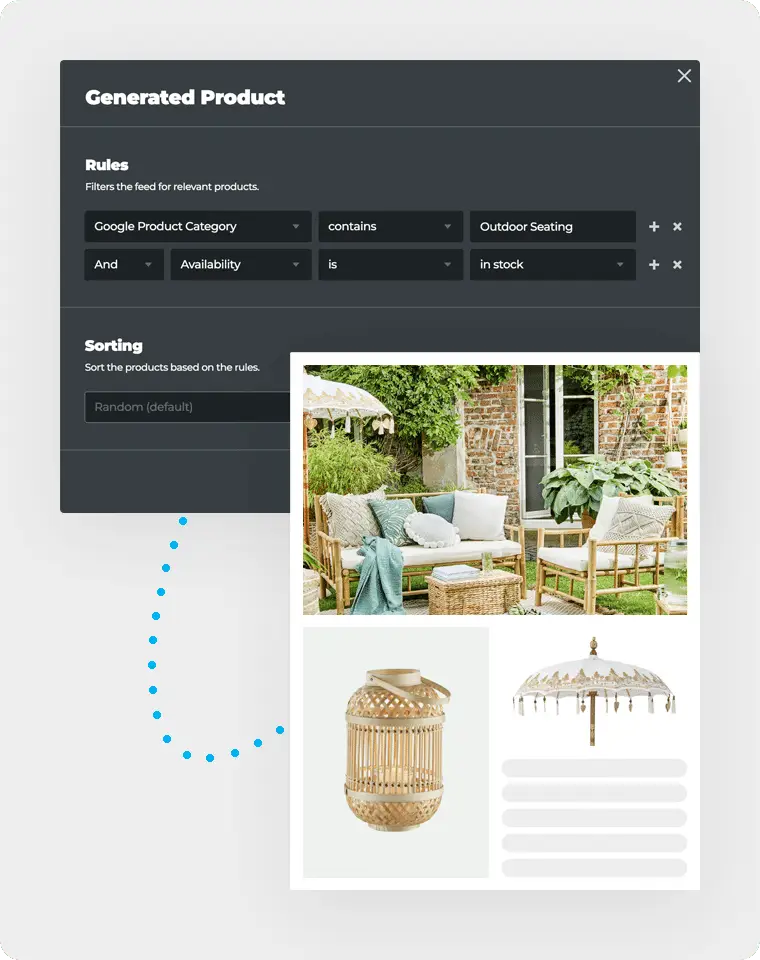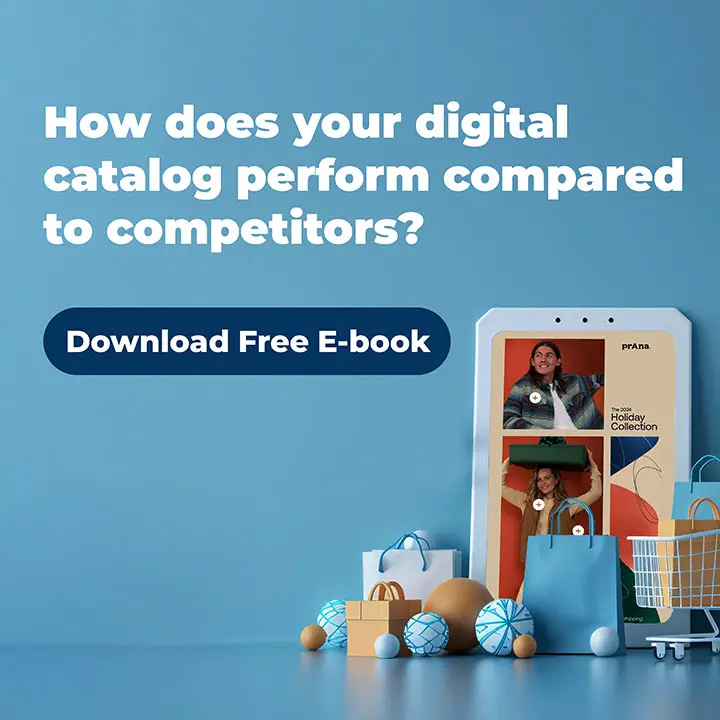By Raj Sangha, VP Sales, Publitas
Businesses often prioritize design and distribution as key focus areas when they switch from print and above-the-line strategies to digital content and digital publications. Their first instinct is to protect their marketing reach and meet customers’ expectations. But behind the scenes, there are considerations most teams only think about when they reach the implementation stage—security, governance, technical infrastructure, and legal considerations.
Sometimes, that means realizing—far too late—that the content partner or digital platform they’ve chosen isn’t able to deliver on its promises despite an attractive interface and a host of impressive features.
1. Governance: Who Keeps Your Data Safe?
Before entrusting a digital publication provider, decision-makers need to scrutinize governance. Who sets the security policy? Is there a robust risk assessment process, and does the provider implement controls like patch management and incident response? With regulations like GDPR breathing down your neck, the absence of a well-defined disaster recovery plan or traceable crisis management could leave your business vulnerable. Transparent crisis management protocols and real-time patch deployment separate reliable providers from the rest.
2. Accounts, Passwords, and Privileges: Who’s Got Access?
There needs to be clarity on how permissions are granted and reviewed, from end-user account management to admin rights. Is there a password policy that ensures security without frustrating users? Can generic accounts be eliminated? Is the solution scalable when new users need to be added? Your business risks exposure without a structured approach to privileged accounts and rights management.

3. Hosting and Data Protection: Where is Your Data Really Going?
The location of data centers, their certifications (e.g., ISO 27001), and backup frequencies are deal-breakers. Beyond these, data encryption protocols, secure key storage, and logging practices can mean the difference between compliance and catastrophic breaches. Is your provider transparent about third-party access to your data and how it will be used? In the GDPR era, your customers are more sensitive to data privacy and protection than ever – your provider should be, too.

Source: isms.online
4. Reversibility: Can You Exit Cleanly?
Sometimes, despite doing your due diligence, a software product isn’t a good fit. Switching platforms is never easy, but extracting yourself from the relationship shouldn’t be a nightmare. Before signing any agreement, ask how quickly your data can be returned, in what format, and at what cost. Once the relationship ends, the right provider will offer transparent processes for deleting all data, including backups.
5. Availability and Lifecycle Management: Can You Trust Their Uptime?
Downtime is the death knell of digital transformation. Providers must commit to Recovery Time Objectives (RTOs) and Recovery Point Objectives (RPOs). Regular testing of disaster recovery plans, vulnerability scans, and penetration tests ensures that promises translate into performance.
Uptime is a critical metric for any SaaS provider, as it directly impacts the reliability and availability of the service for end-users. High uptime ensures businesses can access the platform without interruptions, maintaining operational efficiency and customer satisfaction. For enterprises relying on SaaS solutions to manage key processes, even minimal downtime can result in productivity losses, missed opportunities, and potential revenue impact. Furthermore, consistent uptime builds trust, demonstrating that the provider values dependability and has invested in robust infrastructure and proactive monitoring.
6. Data: Driving Supply Chain Efficiency Through Digital Publications
Every business needs to optimize operations, reduce costs, and maximize returns. Well-implemented digital publications can be a game-changer in achieving supply chain efficiency, aligning perfectly with shareholder goals.
By collecting and sharing data from your digital publications (e.g., the most popular or in-demand products in specific regions), businesses can anticipate and manage demand more precisely, avoiding costly stockouts that impact customer satisfaction and revenue. Dynamic content features allow for real-time adjustments to pricing, empowering you to move dead stock quickly, maintain optimal inventory levels, and reduce the need for excess storage space.

7. Aligning the Catalog to Stakeholder Expectations
Digital publications aren’t just a technical solution; they’re a business driver – and everyone needs to align and agree on their expectations. For example:
- Marketing Directors need GDPR compliance, accessible content, and tools that align campaigns with real-time inventory. Digital publications must also reflect the brand’s sustainability and transparency values.
- E-commerce Directors: Real-time inventory visibility, seamless omnichannel integration, and sustainable practices aren’t optional anymore—they’re expected.
- Finance Directors: The ROI must be clear—think cost savings from print reduction, risk mitigation from secure systems, and operational efficiencies.
- IT Directors: They seek secure, scalable, and compliant solutions. The ability to implement secure real-time pricing and forecast inventory accurately is non-negotiable.
- Sustainability Managers: Catalogs should minimize carbon footprints and align with corporate ESG goals.
The Question That Matters
This leads us to the crucial question: Does your digital publication address every hidden consideration—from security and data governance to stakeholder alignment? If not, it might be time to rethink your solution.
Publitas takes these complexities off your plate. With solutions like tailored customization, dedicated support, real-time updates, and advanced analytics, we not only address these hidden considerations but empower your business to thrive. Let’s ensure your digital publication isn’t just another tool but a strategic advantage.
Speak to one of our team members if you need a solution that has already considered these considerations—so you don’t have to.

About Raj Sangha
Raj Sangha is an accomplished Commercial Director with extensive expertise in the Retail Tech software industry, known for building and leading high-performing sales teams in both start-up and corporate settings. With a proven track record in negotiation, marketing management, business planning, retail, and sales, Raj excels at driving business growth and fostering strategic partnerships. A results-driven professional, he combines a solid foundation in economics and finance, earned through a BSc in Applied Economics, with hands-on experience to deliver innovative solutions and sustainable success in dynamic markets.


